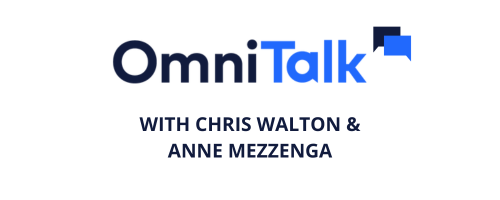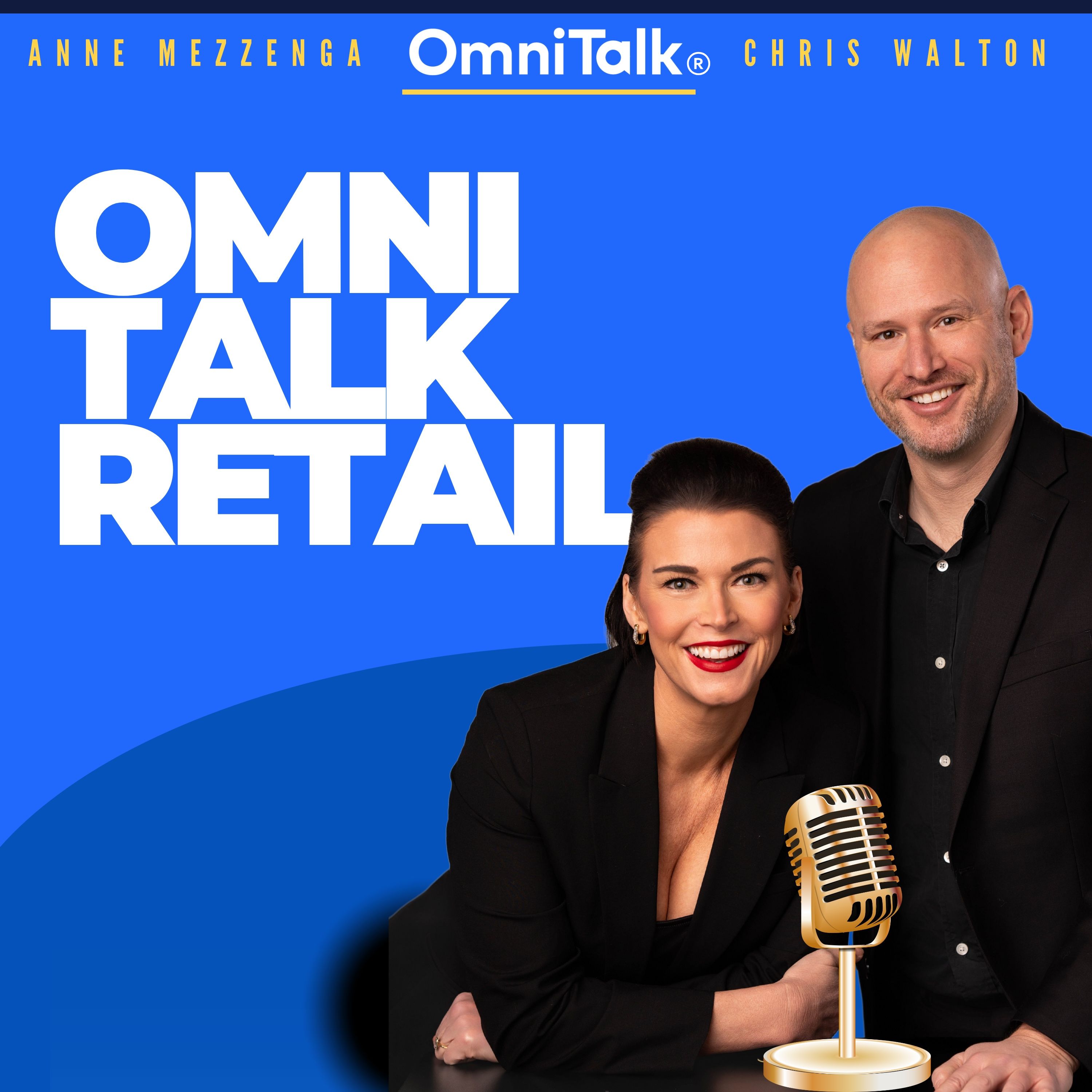Kroger's Automation Reckoning | Fast Five Shorts
This segment from the Omni Talk Retail Fast Five, sponsored by the A&M Consumer and Retail Group, Mirakl, Ocampo Capital, Infios, and Quorso, dives into Kroger's strategic review of its automated fulfillment network. Chris and Anne discuss why interim CEO Ron Sargent is conducting a site-by-site analysis of Ocado-powered facilities and what this means for the future of grocery automation in America.
- 06:18 – Kroger's automated fulfillment challenges
- 07:48 – Urban density vs. rural viability analysis
- 08:54 – Implications for Amazon's grocery strategy
For the full #fastfive episode head here: https://youtu.be/xSLvyg5Sze4
#kroger #groceryautomation #ocado #ecommerce #retailfulfillment
This podcast uses the following third-party services for analysis:
Podcorn - https://podcorn.com/privacy
Transcript
Kroger is reviewing its automated e commerce fulfillment network.
Speaker A:According to GroceryDive, Kroger is conducting a quote, full site by site analysis, end quote, of its automated order fulfillment network as it looks to improve profitability and reduce costs, interim CEO Ron Sargent said Thursday during the grocer's second quarter earnings call.
Speaker A:Sargent said that the supermarket operator intends to focus on store level fulfillment as it strives to provide grocery delivery services faster and more efficiently.
Speaker A:Instead, developed in partnership with UK based automatic sorry automation specialist Ocado, Kroger's automated e commerce network features robotic warehouses that connect to smaller facilities known as spokes.
Speaker A:Quote where we have been strong, where we have seen strong demand in high density areas, these facilities deliver better results than those facilities where density is lower and customer adoption has been slow, slower, end quote Sargent said about the network adding quote we are taking a hard look at some of our automated facilities, end quote.
Speaker A:Chris, what are your insights here on Kroger's purported site by site analysis of its automated e commerce fulfillment network?
Speaker B:Oh, my insights?
Speaker B:That's a new question.
Speaker B:We haven't had that before.
Speaker B:All right, well, you know my thoughts in general for this.
Speaker B:I think this is the right move.
Speaker B:Yeah, I do.
Speaker B:I think, you know, Ron Sargent, you know, the interim CEO, he appears to be making the tough decisions, he's making the tough calls.
Speaker B:He isn't gonna.
Speaker B:You know, one of the first things you learn about in business school is like, you don't ever want to fall into the sunk cost trap.
Speaker B:Like the fact you've spent billions of dollars on something that you're gonna keep doubling down on until it works.
Speaker B:So he's trying to avoid that.
Speaker B:That's my first takeaway.
Speaker B:My other takeaway is that, you know, this is kind of how we figured things were gonna play out.
Speaker A:Yeah.
Speaker B:You know, if you look back at our coverage for the past, God, I don't know, five, six, seven years since we started talking about micro fulfillment, we always had questions about whether or not the large centralized automated facilities would play out across America.
Speaker B:And it sounds like they may not be.
Speaker B:And it sounds like where they are working is where there's urban density, where you can, where it's similar to what you see in London, where Ocado is successful.
Speaker B:So in some ways I'm not surprised by this, but those are my thoughts right now.
Speaker B:But I'm curious.
Speaker B:I'm interviewing Ocado CEO Tim Steiner on stage.
Speaker B:I haven't actually met him yet or talked about what our discussion topic's gonna be, but I'm Hoping to at least get some insight into, you know, how they're thinking about Kroger, the landscape for automation in the US but really broadly too, because I think they're in like 14 countries.
Speaker B:And I got to imagine there's a lot of similarities in terms of what works across those countries as well as differences that we can learn about as U.S. grocers and consumers too.
Speaker B:So that's my takeaway.
Speaker A:Yeah, I think you hit on a lot of important points.
Speaker A:One being, you know, we know that in the US Especially, stores are still important fulfillment centers when it comes to doing last mile efficiently and, and really being cost effective.
Speaker B:That's cheaper.
Speaker B:Right?
Speaker A:Is.
Speaker A:And that's why I think you see even retailers like Target expanding their footprints in stores and expanding their back room so that they can do more in store fulfillment.
Speaker A:Even Kroger is talking about some of their new concepts where they're going to, you know, give more space in the back room.
Speaker A:Although I don't think that takes away from the role that these fulfillment centers play.
Speaker A:But I think Ron Sargent is smartly kind of through and looking at what, where do these make sense?
Speaker A:Because they do make sense.
Speaker A:Walmart's building another.
Speaker A:You know, they're building facilities where they're automating some of these processes too.
Speaker A:But I think it's just really reevaluating smartly as Sargent is the nodes in the network and what makes sense and what, what buildings are fulfilling which operations.
Speaker A:But I'm curious about this because what this really makes me think about more than anything is the challenge that Amazon has in front of them.
Speaker B:Okay.
Speaker A:With, with delivery, especially as they're starting to get more into grocery.
Speaker A:Because if Kroger's having problems with this and Kroger has 2,800 store locations across the U.S. what does this mean for the continued expansion of Amazon with no stores?
Speaker A:Yes, they have fulfillment centers, but we're seeing from this that Kroger is having a lot of difficulty with these fulfillment centers.
Speaker A:How is Amazon going to do this better with no physical locations?
Speaker B:Yeah, it's a tough challenge.
Speaker B:I mean, that was part of the, that was, that's a good point because that was part of the premise of these Kroger fulfillment centers too, is that they could go into markets where they don't even have stores.
Speaker B:Right.
Speaker B:And see and get them to work and get them to deliver products.
Speaker B:And it doesn't seem like that's been working the way that they had hoped.
Speaker B:So that's an interesting point.
Speaker B:Yeah.
Speaker B:Just another challenge for Amazon's grocery strategy.



